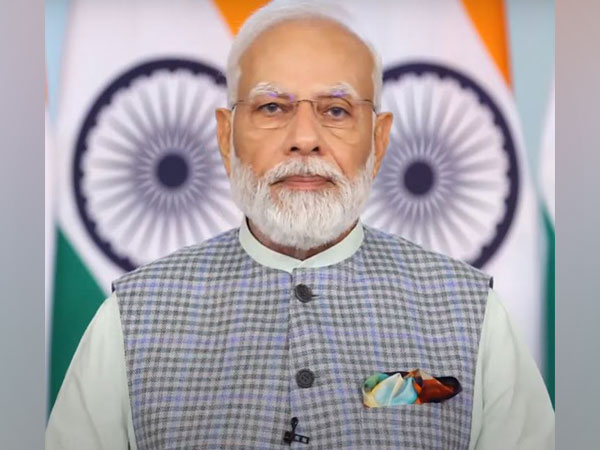Reviving Sardar Patel's Legacy: Governance Reforms Under Modi
The governance reforms initially proposed by Sardar Vallabhbhai Patel gained traction under Prime Minister Narendra Modi's administration, as highlighted by Union Minister Jitendra Singh. Singh stressed that Modi's approach of 'Maximum Governance, Minimum Government' has transformed governance, increasing transparency, accountability, and citizen engagement through technology.

Union Minister Jitendra Singh emphasized that governance reforms, which were stalled after the death of India's first home minister, Sardar Vallabhbhai Patel, only gathered momentum post-2014 with Narendra Modi's leadership. Speaking at a conference in Gandhinagar, Singh highlighted the Modi government's efforts to implement Patel's vision.
Recounting Patel's contributions, Singh noted that the introduction of the Indian Administrative Service laid a foundational 'steel frame' for the country. However, progress in governance reforms stagnated until Modi revived these efforts, promoting a model of 'Maximum Governance, Minimum Government,' initiated during his tenure as Gujarat's chief minister and now adopted by other states.
Singh also praised the Centralised Public Grievance Redress and Monitoring System and 'Mission Karmayogi' for civil services, asserting that such initiatives have dramatically increased responsiveness. The two-day conference, hosting speakers and delegates nationwide, focuses on re-engineering processes to offer citizen-centric services.
(With inputs from agencies.)
ALSO READ
US Withdraws from UN Human Rights and Cultural Bodies Citing Bias
Voter Enthusiasm Shines in Erode East By-Election
India Leads Global Dialogue at 15th International Meeting of World Pharmacopoeias
Fair Play Controversy: Golf Enthusiast Challenges London Club Expulsion
India and Spain Forge Deeper Defence Ties with Focus on Technology and Armament










